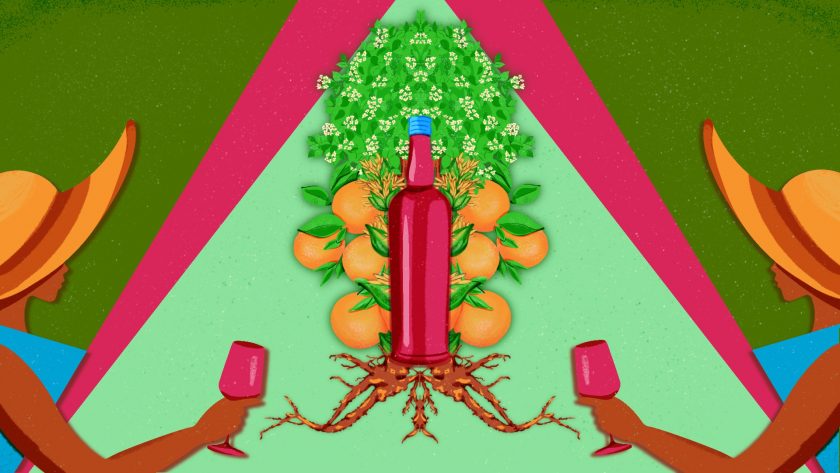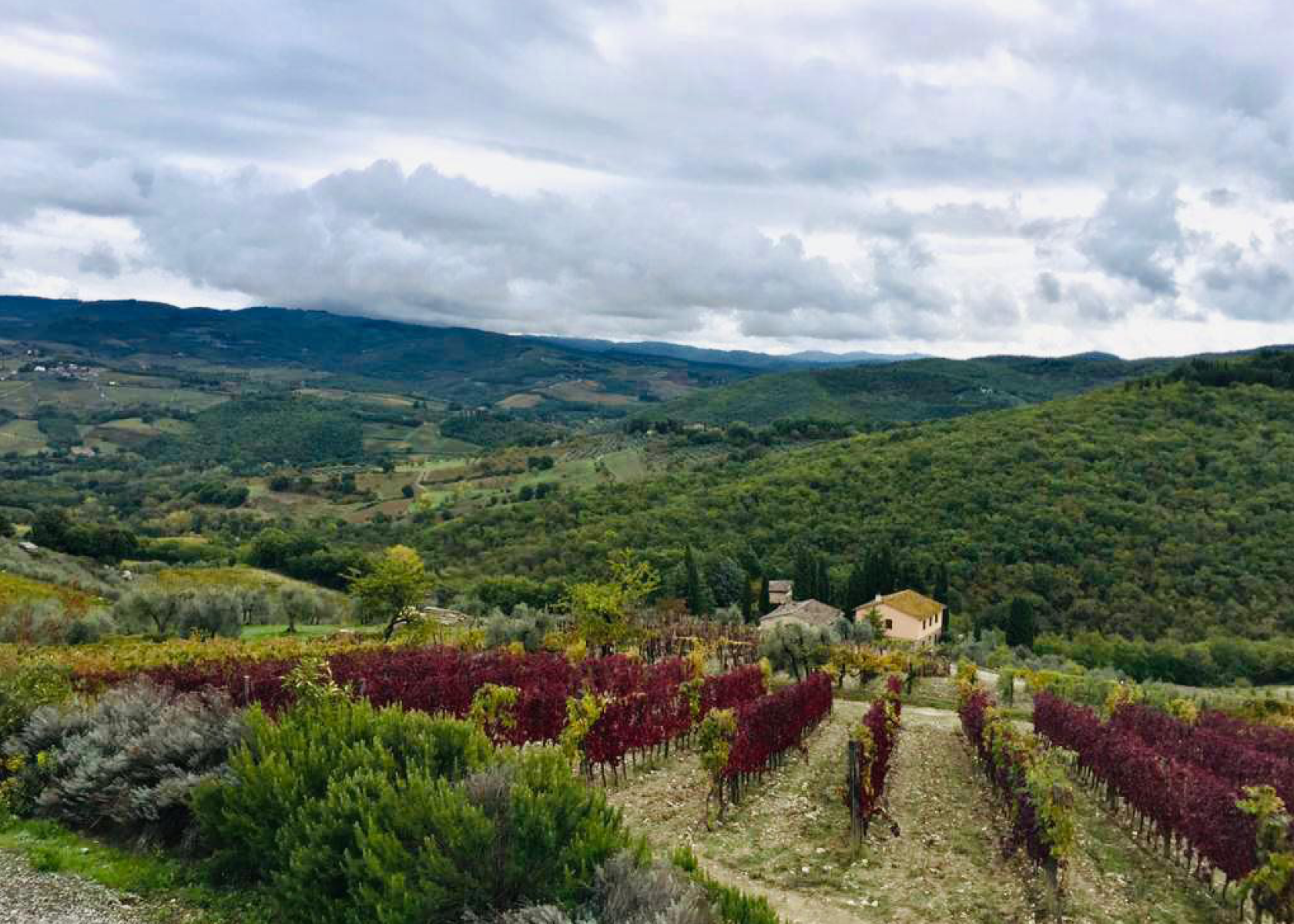It’s no secret that the sub-category of ruby-hued, Italian aperitivi known as Red Bitters is adored by day-drinkers and bartenders alike. Though we may never know the exact recipes of many red bitters, our own appreciation and creativity may be better informed by understanding some of the usual botanical suspects in the mix.
At the turn of the 20th century, Italy’s industrial revolution transformed many popular expressions of Aperitivi — bittered wines and spirits traditionally made by apothecaries and cafés and infused with herbs, barks, seeds, and flowers — from humble batches of regionally enjoyed specialties to globally accessible, household brands. Aperitivi quickly wove themselves into the canon of American cocktails and have retained a firm hold on our modern conceptions, adaptations, and enjoyment of classic Italian drinking culture.
It’s no secret that the sub-category of ruby-hued Italian aperitivi known as Red Bitters is adored by day-drinkers and bartenders alike; these spirits deliver complex flavors that delicately dance around a bitter-sweet equilibrium, mitigating over-indulgence with moderate ABVs and priming the palate for food. Often secret, however, are the proprietary recipes for these classic spirits, sometimes containing up to 70 ingredients that are blended in closely guarded proportions, passed down through generations, and representing deeply rooted familial and regional pride.
Many producers—and often the most well-known—hinge their sometimes centuries-long businesses on a closely guarded family recipe. The intentional ambiguity of these red bitter recipes both protect them from reproduction by competitors and propel the mysticism of the perceived medicinal properties that originally gave birth to the aromatized aperitivi category.
If we look closer at some of the classic botanicals often featured in these blends, we can develop an understanding of how their characteristics might contribute to the whole, and by extension, how certain flavors might shine through in a cocktail. Though we may never know the exact recipes of many red bitters, our own appreciation and creativity may be better informed by understanding some of the usual botanical suspects in the mix.
THE BOTANICALS
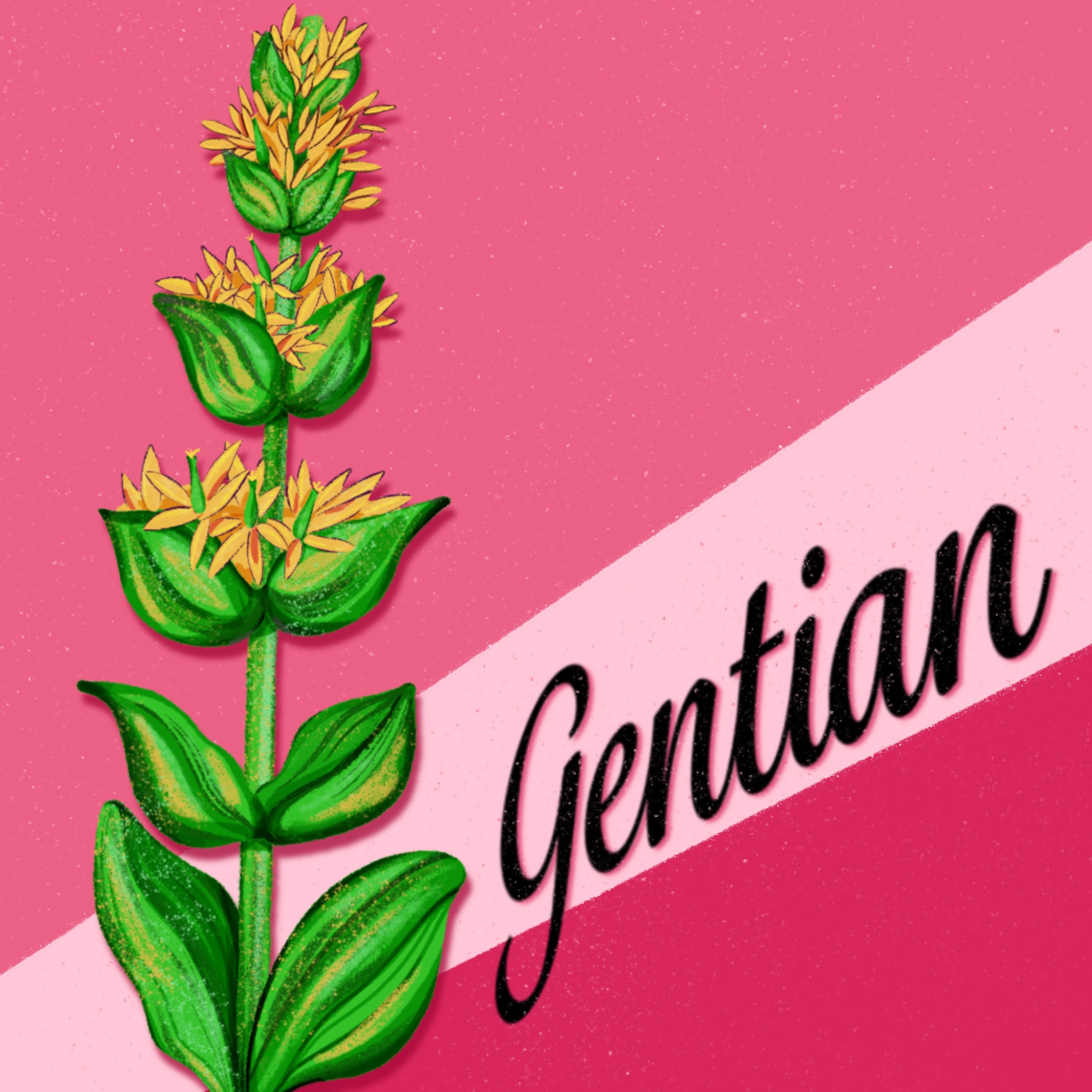 Gentian
Gentian
There are more than 300 species of this alpine flower that grows in varying climates within Europe and Asia’s mountain ranges. Yellow (Gentiana lutea) and Spring (Gentiana verna) gentian, the latter with its bright blue or purple flowers, are the most common gentian varieties to lend their roots to brewing and distillation. Yellow gentian is notably featured in Italian and French gentian liqueurs — a pillar of the white Negroni — and lends these spirits their natural golden hue. These roots provide an intense vegetal, bitter component with a floral aroma that can be perceived in most red bitter aperitivi.
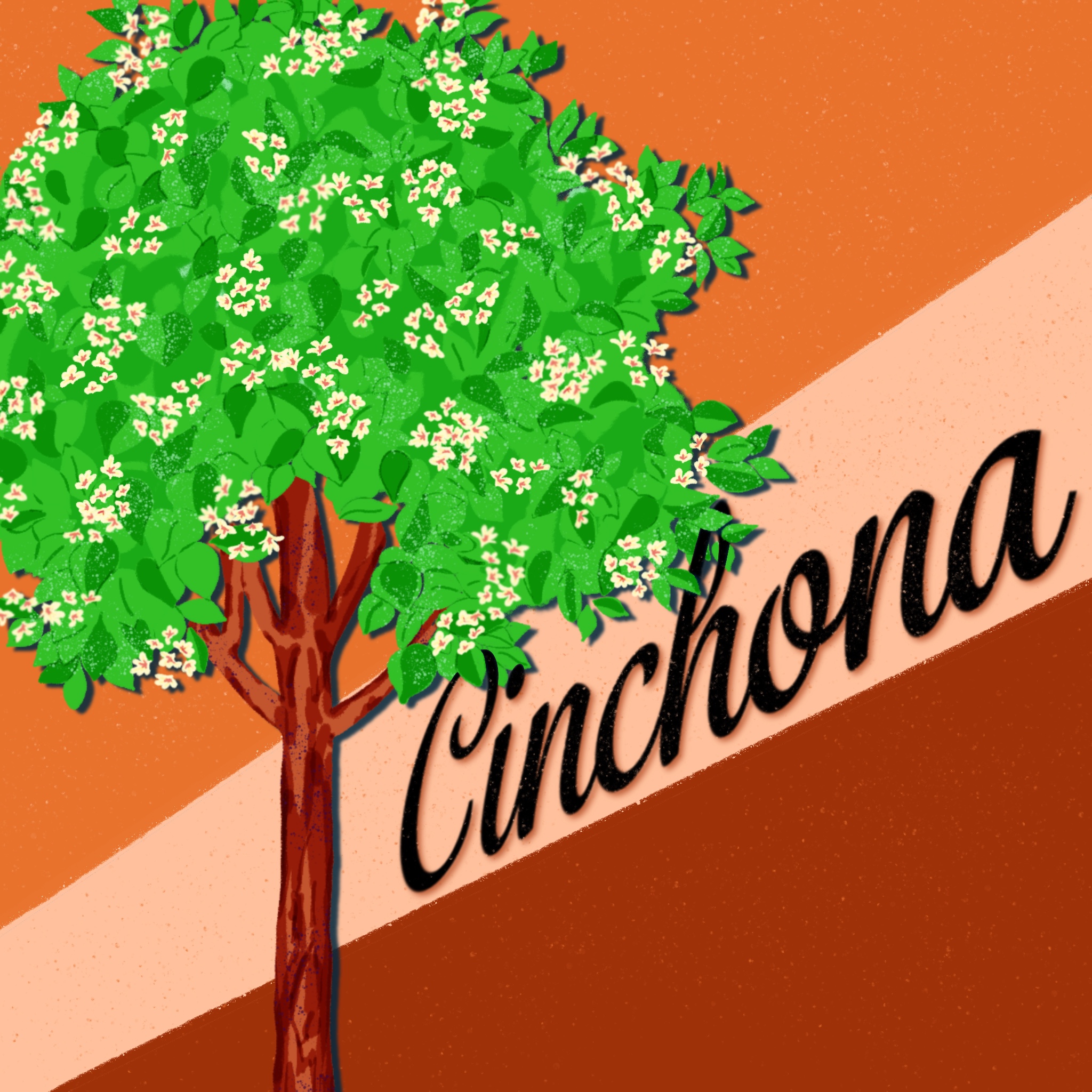 Cinchona
Cinchona
Native to the tropical valleys of South America, this woody shrub can grow up to 90 feet. The bark of the Cinchona plant, and the quinine extracted from it, was used by Jesuit priests to fight malaria as early as the 1600s, and once Europe caught on, the plant became highly sought after. The two varieties (out of 23) with the highest concentration of quinine are Cinchona pubescens and Cinchona calisaya. Used in cocktail bitters and tonic, cinchona bark is very bitter with almost no detectable aroma. Cinchona is found in most name-brand red aperitivi, and certainly in both Contratto and Caffo.
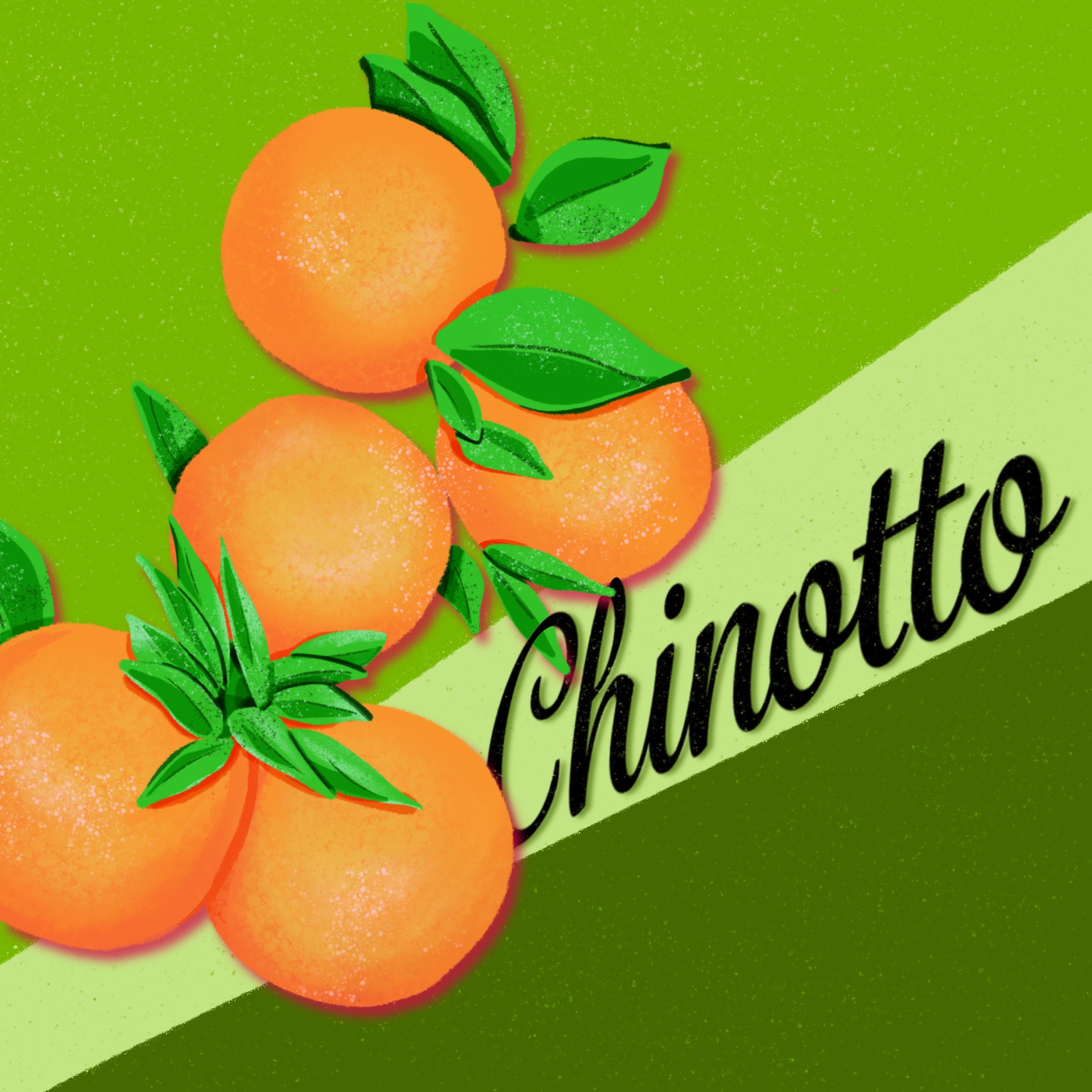 Chinotto
Chinotto
This species of bitter orange (Citrus aurantium var. myrtifolia) yields a small fruit also known as the myrtle-leaved orange. It lends an intensely bitter, citrusy note to Italian sodas and aperitivi, and it’s often used in southern Mediterranean expressions of amari, specifically where it is sourced in Sicily and Gruppo Caffo’s homebase of Calabria. Prized for its aromatic bitterness in both culinary applications and alcohol production, the bitter (slightly less tart than a lime or lemon) citrus is also valued for its carminative properties (used to treat bloating), imparted by the volatile essential oils in its peels.
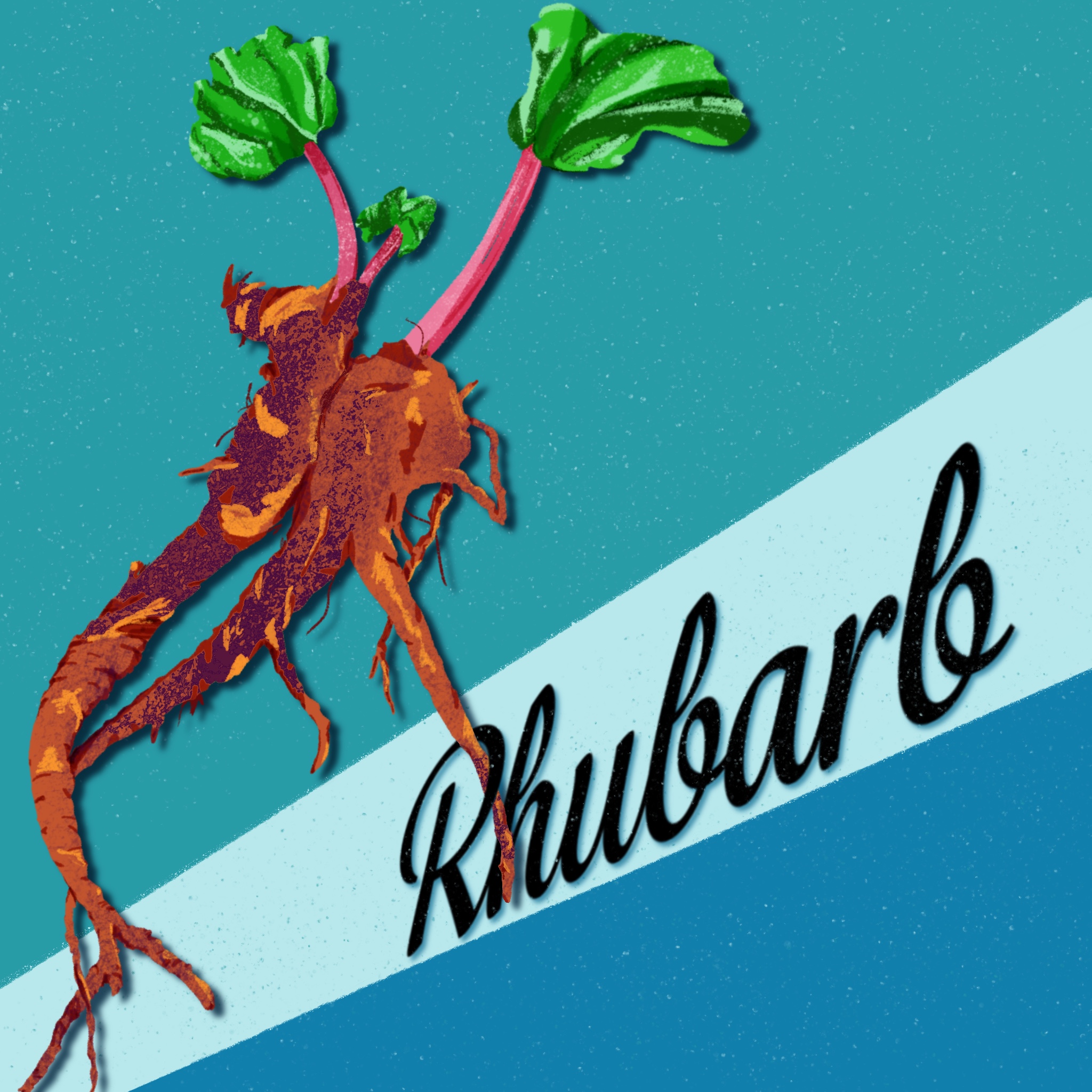 Rhubarb
Rhubarb
Rhubarb has been prized in traditional Chinese medicine for millennia, and while the verdant bitterness of rhubarb stalks is celebrated in confectionary cooking, the dried roots (like gentian) produce a distinctive, burnt bitterness that, when applied to aperitivi, is sometimes equated with the Italian concept of sfumato. A painting term adapted to the canvas of the palate, sfumato finds its origins in the Italian word for smoke, and describes a technique made famous by Leonardo de Vinci who defined it as a way of transitioning images towards the outside of the focal point, as in a smokey haze. In terms of flavor, this liminal, smokey quality adds beguiling depth. Producers of red bitters also utilize rhubarb as a natural coloring agent.
COCKTAILING WITH RED BITTERS
While intrinsically hyper-regional in detail, many red bitter brands share commonalities in both ingredients and overarching styles. Many houses produce an “aperitif” version of red bitter that is relatively light in overall mouthfeel and ABV, balanced with less sugar and expressing a less pronounced bitterness. This lighter style lends itself to tall, refreshing spritzes made with wine, beer, or soda.
“Red” or “Bitter” versions tend to be bolder examples of the category that clock in just above or below 30% ABV and display a more intense bitterness with a richer body. While this style can also be enjoyed in a beautiful long drink, it also shines on the rocks with a twist or with just a small spritz of club soda, tonic, or sparkling wine. Its boldness is perhaps best known, however, for its performance in stirred, spirit-forward classics like the Negroni.
A balancing act of floral, citrus, bitter, and sweet components coupled with a relatively easy-going ABV make red bitters the original ready-to-drink cocktail, and when these attributes complement other spirits in a classic cocktail recipe, the resulting variations know no bounds.
Here are two cocktails featuring red bitters to get your “aperitivo hour” started!
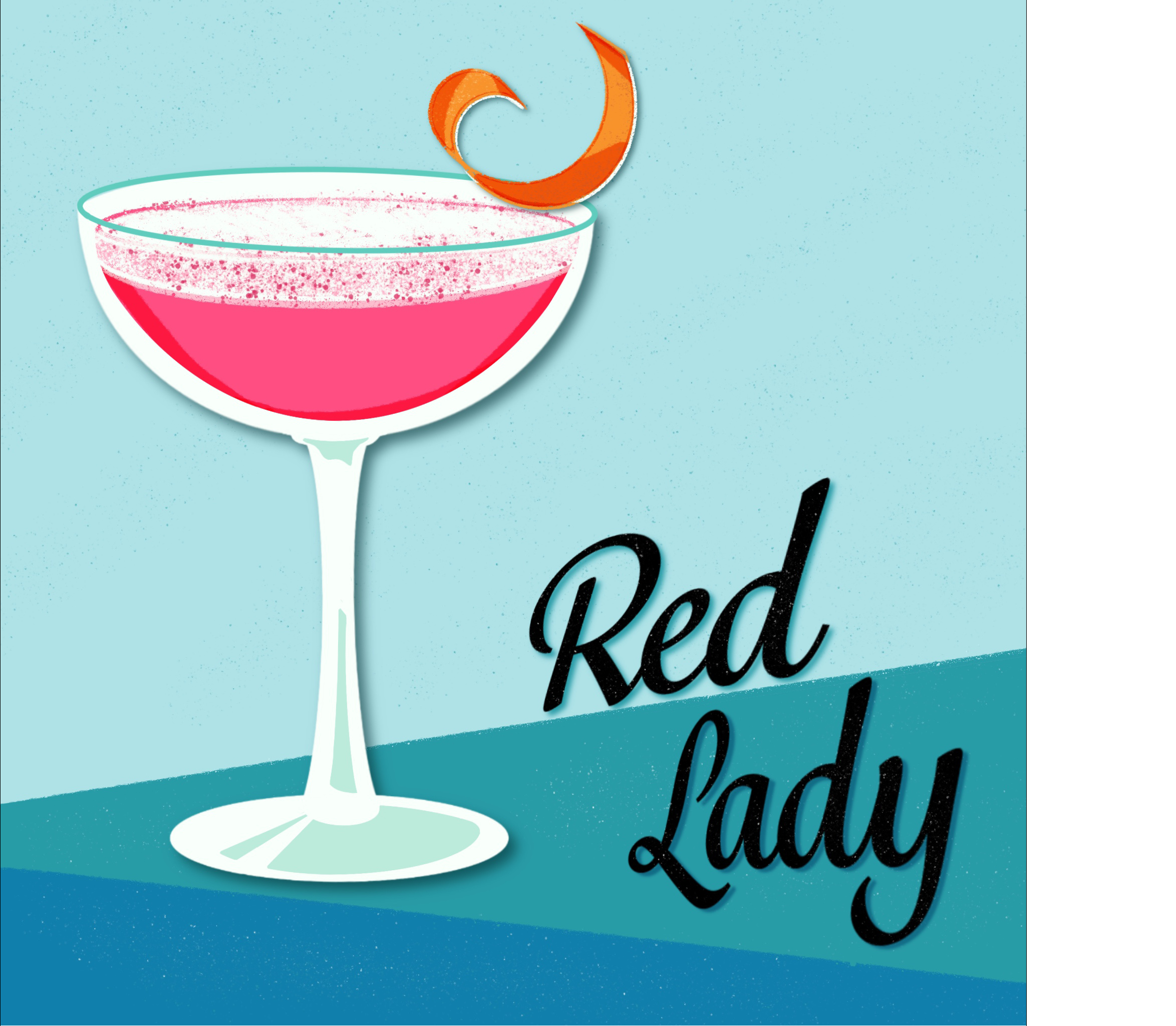 Red Lady
Red Lady
- 1.5 oz Caffo Red Bitter
- .5 oz Portobello Road Gin
- .75 oz fresh lemon juice
- .75 oz simple syrup
- 1 egg white
Combine ingredients in mixing tin; dry shake to emulsify the egg white, then add ice and shake vigorously. Double-strain into a coupe and garnish with an orange peel.
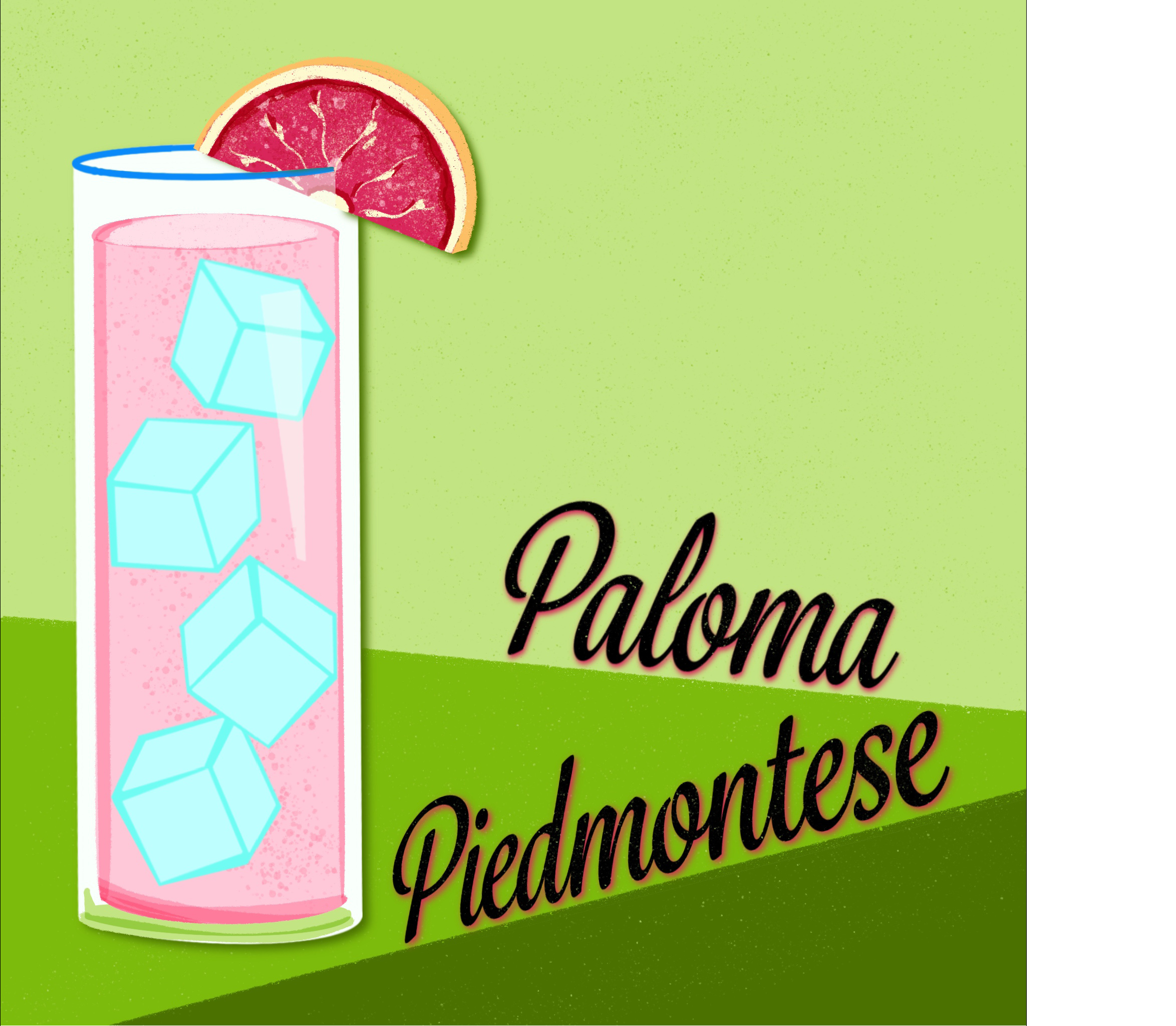 Paloma Piedmontese
Paloma Piedmontese
- 1.5 oz La Gran Señora Blanco Tequila
- .75 oz Contratto Aperitif
- .75 oz fresh grapefruit juice
- .25 oz Simple Syrup
- 1 tsp fresh lemon juice
- Club Soda
Combine all ingredients except club soda in a mixing tin and shake lightly with ice. Strain into a collins glass over ice. Top with club soda and garnish with a fresh grapefruit wedge.
THE BITTERS
Please ask your Skurnik representative about our full range of classic and modern aperitifs and bitters!
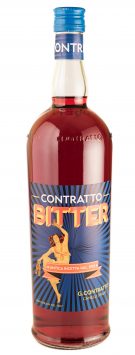
Bitter, Contratto
- Grape-based distillate sourced from estate-grown fruit
- Extracts of 24 different herbs, spices, roots and seeds, including aloe, bitter orange, sweet orange, wormwood, cloves, cardamom, gentian, hibiscus, elecampane, juniper, mint, rhubarb, sage and nettle
- Fine crushing of the botanicals through a hammer mill
- Cold extraction with hydro-alcoholic solution over 35 days
- Sweetened with sugar and colored with carrot and beetroot extracts
- Filtered to remove all solids and aged in stainless steel tank for 40 days
- 22% abv

Aperitif, Contratto
- Grape-based distillate sourced from estate-grown fruit
- Extracts of 28 different herbs, spices, roots and seeds, including aloe, angelica, wormwood, safflower, cinchona, bitter orange, sweet orange, lemon, mandarin, hawthorn, cloves, cardamom, licorice, juniper, mint, rhubarb, sage, nettle and ginger
- Fine crushing of the botanicals through a hammer mill
- Cold extraction with hydro-alcoholic solution over 35 days
- Sweetened with sugar and colored with carrot and beetroot extracts
- Filtered to remove all solids and aged in stainless steel tank for 40 days
- 13.5% abv
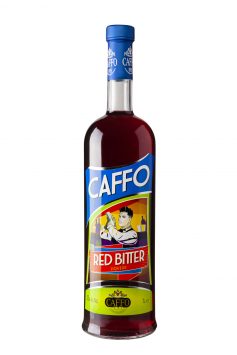
Red Bitter, Caffo
- Sweet oranges and bitter Calabrian chinotto oranges grown and harvested directly from Caffo properties are blended with an infusion of several herbs and spices, most notably juniper, rhubarb, and gentian
- Calabrian chinotto orange and dusty gentian are apparent on the nose, priming the palate for more orange and gentian along with cinchona, citrusy juniper, and rosemary
- 25% ABV
- A staple aperitivo for any producer of herbal liqueurs, Caffo’s Red Bitter is all at once familiar and distinct. Ideal for a Negroni cocktail or spritz, Caffo Red Bitter can be used in any recipe calling for a high quality bitter.




